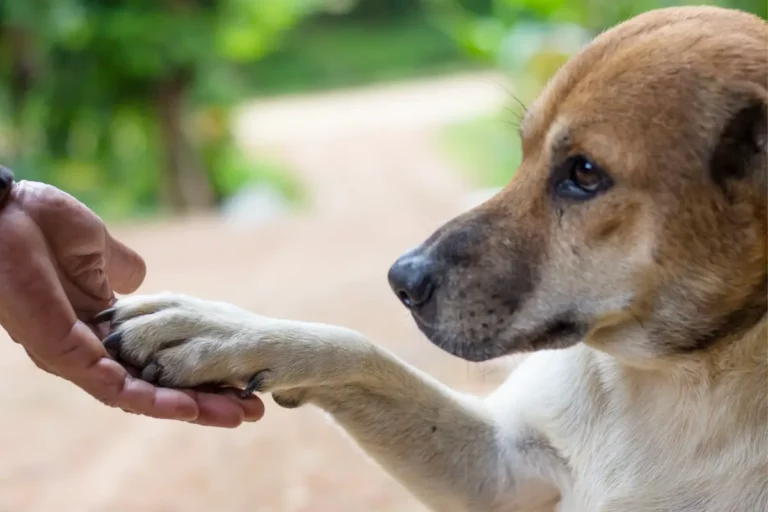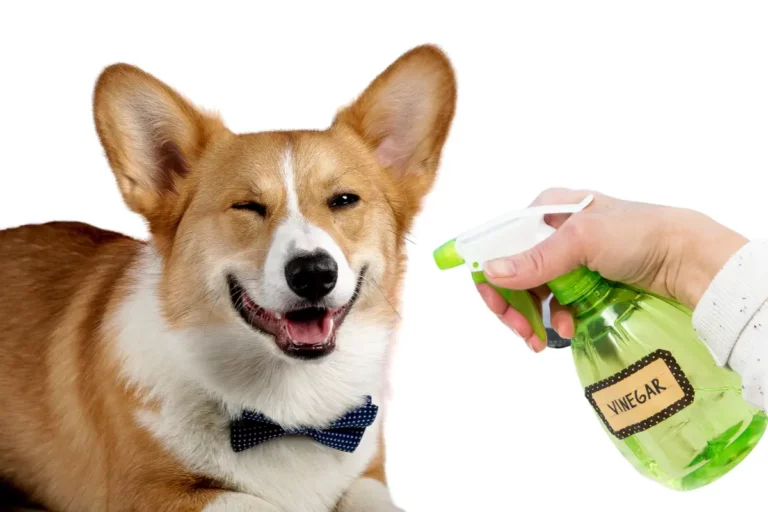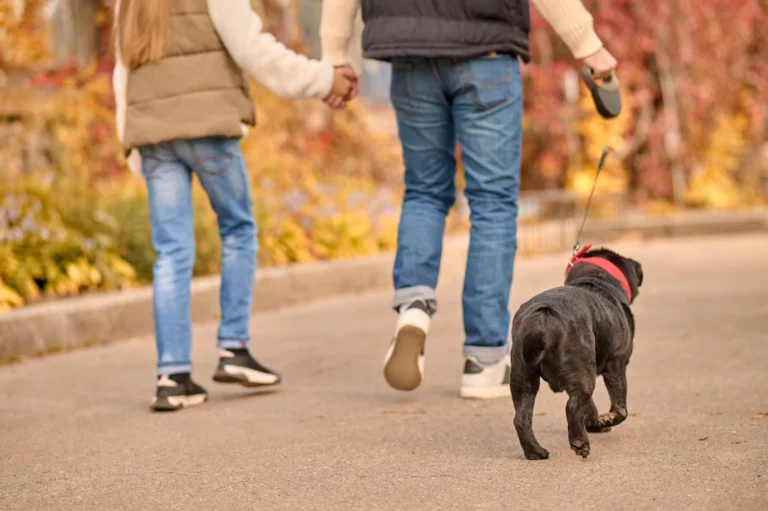Why Are My Dog’s Paws Reddish Brown? Unraveling the Mystery
Observing a reddish-brown coloration on your dog’s paws may raise concern. Various reasons, some harmless and others potentially harmful, can cause this change.
This article will guide you in understanding these causes, prevention and care strategies, and when to consult a vet. We’ll also answer common queries and offer unique insights.
Key takeaways
Reddish-brown dog paw stains often result from excessive licking.
Yeast infections and Pseudomonas bacteria can cause these stains.
Porphyrin, in dogs’ tears and saliva, also contributes to staining.
Addressing underlying issues can help prevent stains.
Regular hygiene and a balanced diet are crucial.
Common Causes of Reddish-Brown Paws
1. Saliva and tear staining
Explanation of porphyrins: Porphyrins are natural compounds found in your dog’s saliva, tears, and urine. They contain iron molecules that, when exposed to sunlight or oxidized, can cause a reddish-brown discoloration on your dog’s fur. This staining is more noticeable on dogs with light-colored fur.
How saliva and tears cause discoloration: Dogs frequently groom themselves by licking their paws, which can lead to a build-up of porphyrins on the fur. Additionally, if your dog has watery eyes or experiences excessive tearing, the tears can trickle down to the paws, causing further staining.
2. Yeast infections
Symptoms of yeast infections: Yeast infections, specifically caused by the fungus Malassezia, are another common reason for reddish-brown paw discoloration. Symptoms include itching, redness, and an unpleasant odor. Dogs with compromised immune systems, allergies, or certain skin conditions are more susceptible to yeast infections.
Treatment options: If you suspect your dog has a yeast infection, consult your veterinarian for a proper diagnosis and treatment plan. Treatment may include antifungal medications, medicated shampoos, or topical creams.
3. Allergies and sensitivities
Environmental allergens: Dogs can be allergic to various environmental factors, such as pollen, mold, or dust mites. These allergies can cause itching and inflammation, leading to excessive licking and reddish-brown staining on the paws.
Food allergies: Food allergies may also cause itching and paw discoloration. If you suspect your dog has a food allergy, work with your veterinarian to identify the culprit and develop an appropriate diet plan.
Contact allergies: Contact allergies occur when your dog’s skin reacts to specific materials or substances, such as certain fabrics, chemicals, or plants. This reaction can lead to itching, redness, and paw discoloration.
4. Injuries and trauma
Types of injuries: Physical injuries, such as cuts, scrapes, or burns, can cause your dog to lick and chew on their paws for relief. This behavior can result in reddish-brown discoloration due to the presence of porphyrins in their saliva.
When to seek veterinary care: If you notice any signs of injury, such as limping, swelling, or bleeding, consult your veterinarian for appropriate care and treatment. Regularly inspecting your dog’s paws for injuries can help prevent complications and ensure proper healing.
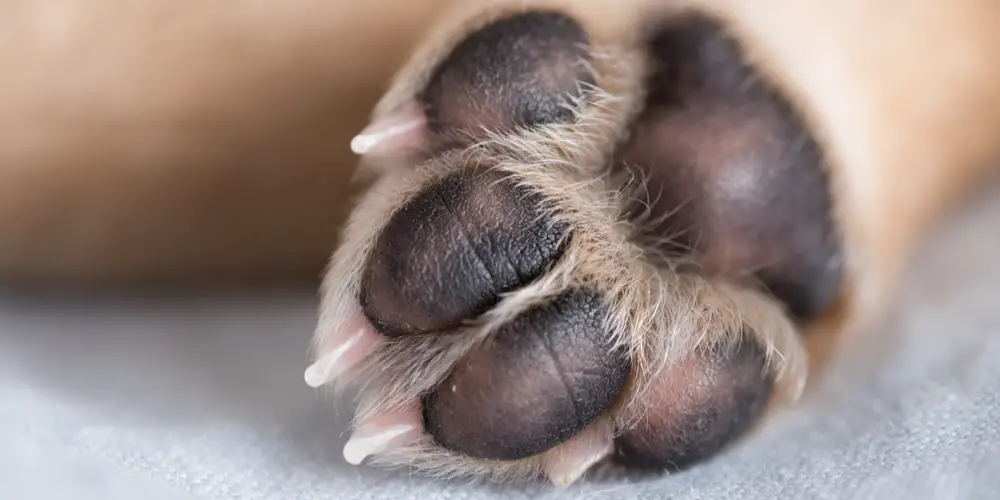
Other Potential Causes of Reddish-Brown Paws
1. Genetics and breed predispositions
Some dog breeds are naturally predisposed to developing reddish-brown paw discoloration due to their genetics. For example, breeds with white or light-colored fur, such as Maltese or Bichon Frise, are more prone to visible staining. While this discoloration may be more difficult to avoid in these breeds, regular grooming and proper care can help minimize the appearance.
2. Anxiety and stress-related behaviors
Dogs that experience anxiety or stress may exhibit behaviors such as excessive licking, chewing, or biting their paws. This can lead to reddish-brown staining due to the presence of porphyrins in their saliva. If you notice these behaviors in your dog, it’s essential to address the root cause of their anxiety or stress, which may involve working with a veterinarian, behaviorist, or trainer.
3. Exposure to certain substances or chemicals
Occasionally, paw discoloration can result from exposure to various substances or chemicals found in the environment. This could include walking on treated lawns, contact with cleaning products, or even ingesting certain medications. Identifying and avoiding the offending substance or chemical can help prevent further discoloration and discomfort for your dog.
4. The impact of your dog’s activities on paw discoloration
Swimming in chlorinated water: Frequent swimming in chlorinated water, such as pools, can lead to paw discoloration over time. The chlorine in the water may react with your dog’s fur, resulting in a reddish-brown hue. To minimize this issue, rinse your dog’s paws thoroughly with fresh water after swimming in chlorinated pools.
Exposure to lawn chemicals: Lawn chemicals, such as fertilizers and weed killers, can cause paw discoloration if your dog walks on treated grass. These chemicals can also irritate your dog’s skin, leading to excessive licking and chewing. Be mindful of where your dog walks and play in areas free of potentially harmful chemicals.
5. The role of certain toys and treats in causing discoloration
Dye transfer from toys: Some dog toys are made with dyes that can transfer onto your dog’s fur, causing temporary discoloration. Choose toys made with pet-safe, non-toxic dyes, or opt for dye-free options to prevent paw staining.
Discoloration from certain chews or treats: Some chews or treats, particularly those with strong colors or artificial dyes, can cause temporary discoloration on your dog’s paws. Opt for natural, dye-free treats, and monitor your dog’s chewing habits to prevent paw staining.
Prevention and Care
Regular grooming and paw care
Maintaining a consistent grooming routine can help keep your dog’s paws clean and minimize discoloration. This includes regular brushing, trimming the fur between the paw pads, and checking for any signs of injury or infection. Washing your dog’s paws with a gentle pet-safe shampoo can also help remove dirt and debris that may contribute to staining.
Monitoring your dog’s environment
Be aware of potential allergens or irritants in your dog’s environment, both indoors and outdoors. Keep your home clean and free of dust and allergens, and consider using hypoallergenic bedding for your dog. Outdoors, avoid walking your dog on treated lawns or areas with known irritants. Provide clean, fresh water for your dog to drink, as some sources of water may contain high levels of minerals that could contribute to paw discoloration.
Dietary considerations
A well-balanced diet can play a crucial role in maintaining your dog’s overall health, including the health of their paws. Work with your veterinarian to determine the best diet for your dog, and consider supplements that promote healthy skin and coat, such as omega-3 fatty acids. If food allergies are suspected, an elimination diet may help identify the offending ingredient.
Addressing anxiety and stress
Helping your dog cope with anxiety and stress can reduce their need to lick or chew their paws excessively. Provide a calm, comfortable environment for your dog, and consider using tools such as puzzle toys, calming pheromone diffusers, or even gentle music to alleviate stress. If your dog’s anxiety persists or worsens, consult your veterinarian or a professional trainer for guidance.
When to See a Veterinarian
Signs of infection or severe allergies
If your dog’s paw discoloration is accompanied by symptoms such as swelling, redness, foul odor, or discharge, it may indicate an infection or severe allergy. It’s essential to seek veterinary care promptly to address these issues and prevent complications.
Persistent or worsening symptoms
If your dog’s paw discoloration persists despite your efforts to address the underlying cause, or if the symptoms worsen, it’s crucial to consult your veterinarian. They can perform a thorough examination and recommend further diagnostic tests or treatments as needed.
Other health concerns
Reddish-brown paw discoloration can sometimes be a symptom of an underlying health issue, such as liver disease, immune disorders, or hormonal imbalances. If you notice additional signs of illness, such as lethargy, weight loss, or changes in appetite, it’s essential to bring your dog to the veterinarian for a comprehensive evaluation. Early detection and intervention are crucial in managing many health conditions.
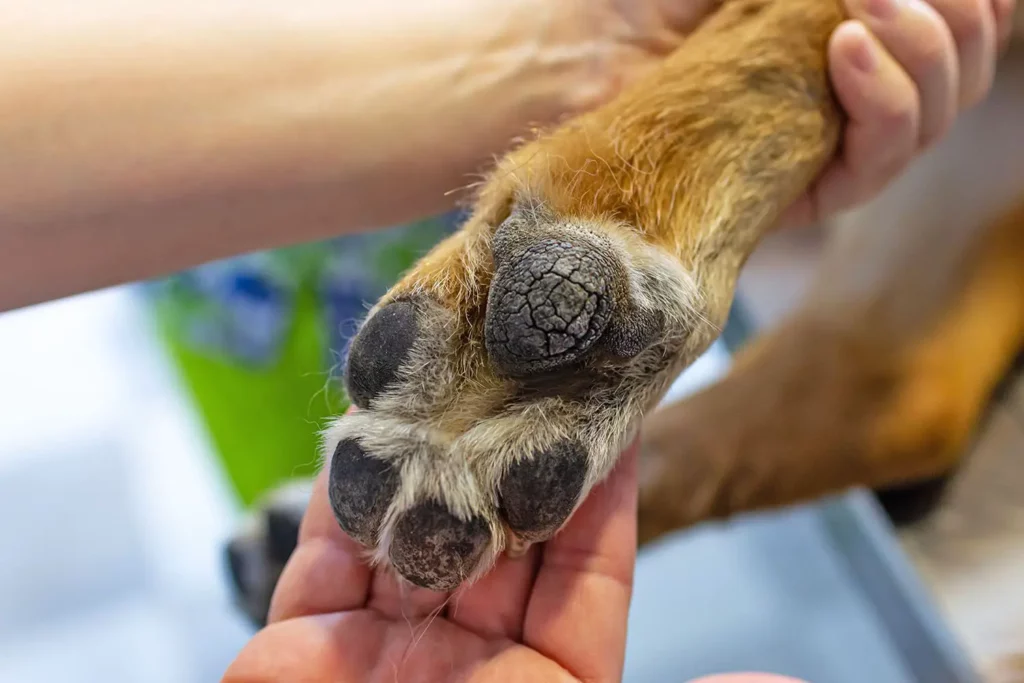
Frequently Asked Questions
Why is my dog’s fur changing color on other body parts?
Fur discoloration can occur on various parts of your dog’s body for several reasons, such as exposure to sunlight, aging, or even certain health conditions. If the color change is accompanied by other symptoms or concerns, consult your veterinarian for a proper evaluation.
Can reddish-brown paws be a sign of an underlying medical issue?
While reddish-brown paws can sometimes indicate an underlying medical issue, it’s essential not to jump to conclusions. Many potential causes are relatively harmless, such as saliva staining or environmental allergens. Consult your veterinarian if you’re concerned about your dog’s paw discoloration or overall health.
How do I know if my dog’s paw discoloration is due to an injury?
Injuries can cause your dog to lick or chew their paws excessively, leading to discoloration. Signs of injury may include limping, swelling, or visible wounds. If you suspect your dog has an injury, it’s crucial to seek veterinary care for appropriate treatment and to prevent complications.
Final Thoughts
Understanding the various causes of reddish-brown paw discoloration can help you better care for your dog’s health and well-being. Common causes include saliva and tear staining, yeast infections, allergies, and injuries. Other potential factors include genetics, anxiety, and exposure to certain substances or chemicals.
While many cases of reddish-brown paws can be managed with proper care and prevention, it’s essential to consult your veterinarian if you have concerns about your dog’s health or if the discoloration persists or worsens. Early intervention can make a significant difference in addressing underlying issues and ensuring your dog’s well-being.
Taking care of your dog’s overall health, including proper grooming, diet, and stress management, can contribute to the prevention of paw discoloration and other health issues. By being proactive in addressing potential causes of reddish-brown paws, you can help ensure that your furry friend stays happy, healthy, and comfortable.

